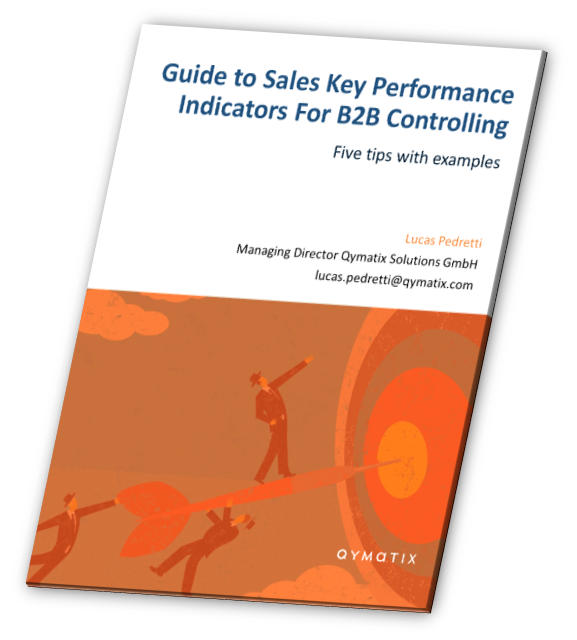Regular sales reporting is an important tool for sales planning, controlling and monitoring. In this regard, it is essential to reduce the effort of sales reporting to a minimum, while still reporting meaningful Key Performance Indicators (KPI) for the sales team and management.
Sales reporting brings together subjective sales indicators from key account managers about their sales activities with the results of their particular customer contacts. These sales data should be then aggregated and summarised in a higher-level reporting system. Aggregated sales reports are made available to higher management. Based on this, they can assess the company’s prospects and risks.
More Senior management should request specific KPIs to the sales team, together with the kind of sales data needed. Sales Reporting has costs. It is, therefore, necessary to avoid overly complicated, redundant or not-well-thought reports. The scope of the sales information to be collected and reported should be designed reasonably and practically.
Goal of the sales reporting
The goal of sales reporting is to be as up-to-date and comprehensively informed as possible about:
- Company customers: segments, organizational charts, regional distribution
- The customer needs and customer demand </ li>
- Current sales opportunities (with chances or probabilities) relative to existing and potential customers
- Cross and Upselling Potentials
- Discount order per order
- Salesforce problems
- The current workload of the sales organization
- The Profitability of sales activities
From information gained through the sales reporting, the management should undertake actions and set priorities. The sales team itself can also obtain valuable insights from the sales reporting: do we work in a goal-oriented manner? In which customer/customer segments should we primarily invest our resources? Which sales actions are currently showing the greatest success rate?
Key performance indicators in sales reporting
For a comprehensive overview of a large number of possible key figures in sales reporting, please refer to the guide “BITKOM’s” Sales Indicators for ICT Companies “. Accordingly, depending on the information requirements, KPIs can be used for the following analysis:
- Total contract value of submitted offers
- Order loss analysis
- Number / Turnover / Contribution of Contracted Orders by Target Markets / Groups
- Discounts granted / reduced sales to gross order intake / gross sales order values
- New customer share in order entry / order closing
- Timing of the external contacts in relation to the total contacts
- Success rate
- Average duration of the sales cycle
- Others.
Frequency of sales reporting
The reporting frequency can vary according to the KPI. Monthly reporting is appropriate for most sales metrics. Some KPIs might require only a quarterly or semi-annual reporting. A weekly reporting might be necessary for specific key figures.
The selection of reporting periods for individual KPIs should be based on the particular information requirements of the company. Determining it is the responsibility of the management. The study “Success factor of sales controlling” from PricewaterhouseCoopers AG from May 2011 provided interesting information about KPI reporting cycles.
Sales Reporting requirements
CRM and ERP systems offer extensive reporting functions. However, the selection of the appropriate reporting solution should be based on the information needs of the organisation. From the sales team, an easy-to-implement and cost-effective solution for reporting is critical.
Besides, analysis of current sales activities should be directly derived from the system under review itself. From the management’s point of view, cumulative reporting functions are interesting. These can be applied to sales controlling management actions.
Sales information and data quality have become a crucial criterion for the success of a company in many industries. Management can react quickly to current circumstances, make processes and structures more profitable, increase revenues and minimise risks if it has timely access to insights about churn risk, sales opportunities, and market development. An effective sales reporting and information management system can thus offer a real competitive advantage.
Download free eBook: Guide to Sales Key Performance Indicators for B2B Controlling
The unstoppable digital trend in B2B sales also affects how managers should select sales metrics for successful controlling.
Download the free eBook now.
- We will use this data only to contact you for discussing predictive sales KPIs. You can read here our declaration on data protection.

Also Interesting:
https://import.qymatix.wp-star.com/en/effective-sales-analytics-in-b2b/
What is the fuzz about Predictive Analytics? One example of B2B Sales will make you start today.

